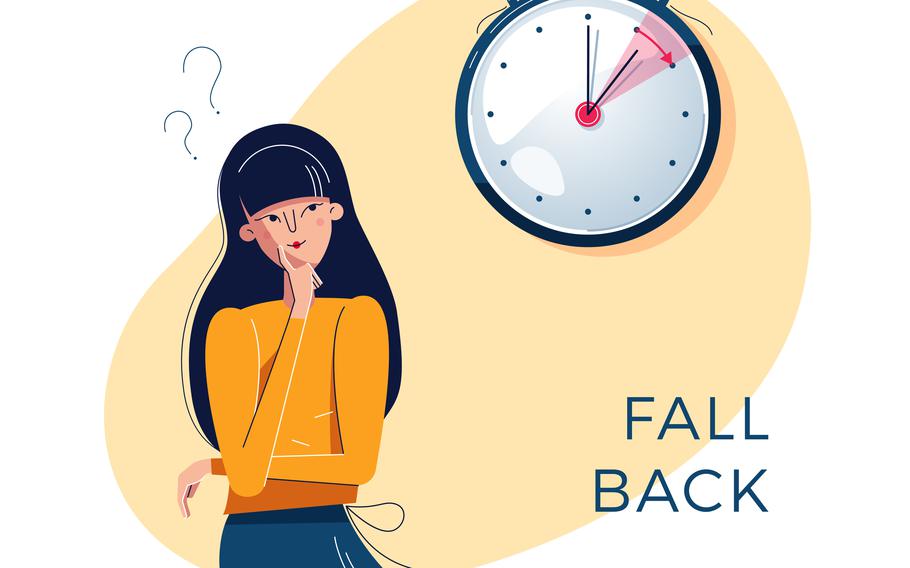
(iStock)
Those were cold, dark winter mornings during second semester of my freshman year in college, when my alarm woke me at 5 a.m. for morning swim team practices. I’d miraculously made the team as the only walk-on, and we’d begun two-a-day practices, swimming seven miles’ worth of yardage a day.
Even though I was only 18 and in the best cardiovascular shape of my life, I dragged my weary bones out of the top bunk when that evil alarm rang every morning as if I were a decrepit octogenarian using a walker and an oxygen tank. Bundled in a winter parka, I’d fumble with the frozen chain lock securing the cheap 10-speed bike my grandfather had provided to the rack outside my dorm, so that I could ride across the dark campus’ icy sidewalks to the natatorium.
During those lonely winter sojourns in 1985, the complete lack of sunlight relegated me to a dark, frozen corner of hell. Light did not surface during winters in Ohio until I was back on my bike after morning practice, pedaling furiously to make my 8 a.m. class, my wet, chlorinated hair frozen into icicles.
This Nov. 5, when we set the clocks back an hour, those traumatic winter morning memories will be triggered once again. I’ve always hated saying goodbye to daylight saving time, the period between March and November when we set clocks forward an hour to maximize daylight.
The idea of setting clocks forward during part of the year was first satirized by Benjamin Franklin in a Journal of Paris essay in 1784, in which he claimed to have been accidentally awakened at six in the morning, and was surprised to “discover” that the sun shone at that hour. Franklin proposed setting church bells and cannons off every morning at sunrise to show Parisians his discovery. “An immense sum! that the city of Paris might save every year, by the economy of using sunshine instead of candles.”
In the U.S., daylight saving time was adopted in 1918 during World War I to conserve energy resources, but over the years, individual states (and other countries who had enacted similar policies) have questioned the continued use of time changes. I’m with Ben. I don’t want to “fall back” this November into darkness. I’d rather live in the sun, and plenty of others agree with me.
In recent years, there have been efforts in the U.S. to do away with our twice-yearly clock changes. Some states have enacted legislation to adopt permanent daylight saving time, and others have advocated to eliminate it. Regardless of which side jurisdictions land, there seems to be a growing consensus that changing the time disrupts sleep, inconveniences farmers and possibly increases incidences of suicide, accidents, criminal activity, stroke and heart attack.
State legislatures have considered approximately 550 bills to make daylight saving time permanent, and 19 states have conditionally enacted such laws. Only two states, Hawaii and Arizona, have never recognized daylight saving time, using an old loophole in the Uniform Time Act of 1966 to remain on standard time year round, arguing it’s healthier and saves air conditioning costs.
If so many states want permanent daylight saving time, and polls show that 48% of Americans want it over 29% who want permanent standard time, then why do we still have to set our clocks back on Nov. 5? Because the feds won’t allow states to adopt permanent DST until it says so. Senator Marco Rubio’s 2022 Sunshine Protection Act aims to federally permit states to adopt permanent daylight saving time, but the House of Representatives can’t seem to agree on it.
Thankfully, I don’t have to rise every winter morning at o-dark-thirty to ride my bike to swim practice anymore. I no longer wake before sunrise to pack three school lunches like I did for 15 years at multiple duty stations. As an empty nester and “mature” retired military spouse, I can lollygag until the sun peeks over the horizon, unless our dog awakens me before dawn.
So regardless of the laws, I choose to follow the sun, wherever and whenever it faithfully appears, shining its cheerful, uplifting rays of light.
Read more at themeatandpotatoesoflife.com and in Lisa’s book, “The Meat and Potatoes of Life: My True Lit Com.” Email: meatandpotatoesoflife@gmail.com